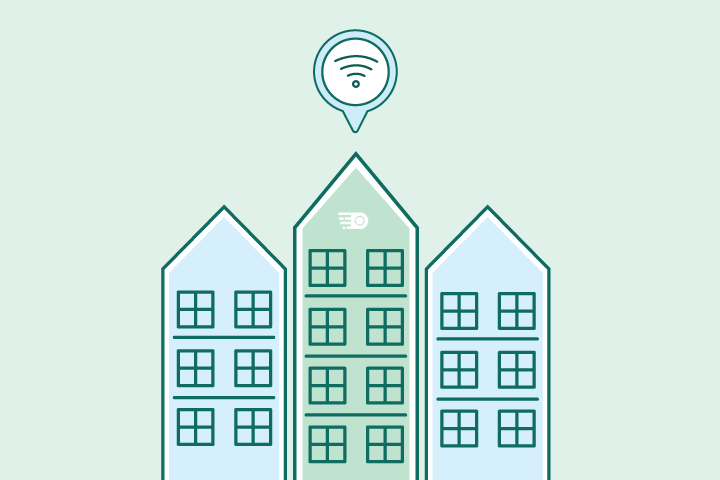As one of the nation’s top providers, AT&T delivers reliable internet services, streaming TV, and home phone services. AT&T internet services are available in 21 states and are always evolving and expanding their services and technologies.
- Internetchevron_right
- TV & Streamingchevron_right
- Providerschevron_right
- Resourceschevron_right
- GIVE OUR EXPERTS A CALLcall833-481-4463



